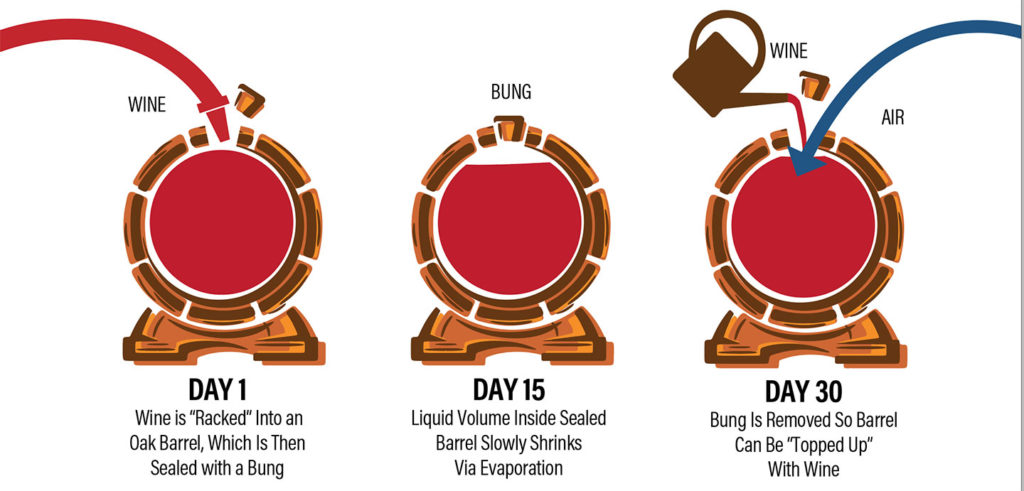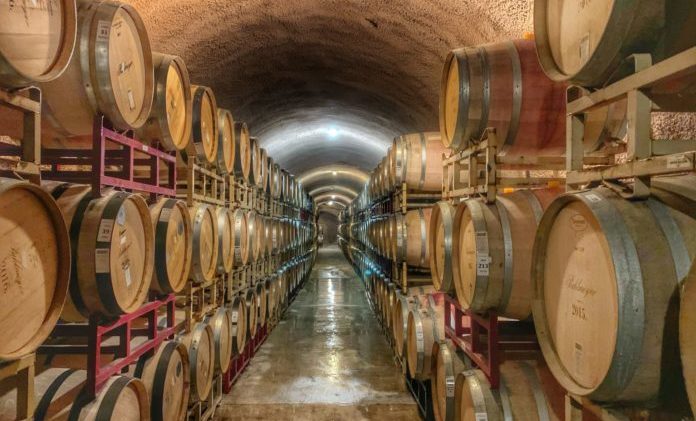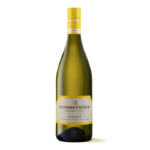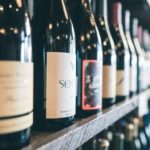Most modern wine is made in stainless-steel tanks. But winemakers still use traditional oak barrels to refine and improve most premium red wines and some whites too — most notably chardonnay — even if they are not aiming to add the toasty flavors of new oak.
Just as a chef might reduce a sauce over heat to concentrate its flavors, or add butter to enrich its texture, vintners use both older and newer barrels to dial up the intensity of a wine’s flavors through evaporation, or to soften its mouthfeel, through small-scale chemical reactions driven by oxygen during barrel maturation.
For decades, wine professionals have been taught that these were effects of wood being porous, allowing slow-controlled exposure to air, unlike steel or glass. Air was thought to make its way through a barrel’s staves or joints to replace the missing wine, as if it through a wooden sponge, with a softening effect on the wine’s mouthfeel.
But recent studies have shown that this mechanism was misunderstood. It is not the porous nature of wood, or the cracks where staves meet, that provide the most aeration, but rather the frequency with which barrels must be opened for maintenance. The vast majority of oxygen absorbed by wine during barrel maturation is introduced periodically in big gulps each time the barrel stopper or bung is removed, rather than via continuous “breathing” through the wood.
When It Comes to Wine Aeration, It’s All About That Bung, Not the Barrel

Compared to wine stored in steel tanks, wine aged in oak barrels must be accessed by winemakers via the bung hole regularly for routine tasks, such as racking, topping and testing. Racking is when wine is transferred from one vessel to another, either directly from a fermentation tank, or from one barrel to another, in order to separate it from sediments.
Barrels must be periodically topped up too, since water and alcohol are lost to evaporation during maturation, shrinking the wine’s liquid volume gradually over time. Barrels are also opened regularly to check their progress, whether for sampling or lab testing.
Feature photo by Jim Harris on Unsplash.
Marnie Old is one of the country’s leading wine educators. Formerly the director of wine studies for Manhattan’s French Culinary Institute, she is best known for her visually engaging books published by DK – such as Wine: A Tasting Course. Marnie currently serves as director of vinlightenment for Boisset Collection. Read her recent piece, How to Calculate Calories in Dry Wine.









